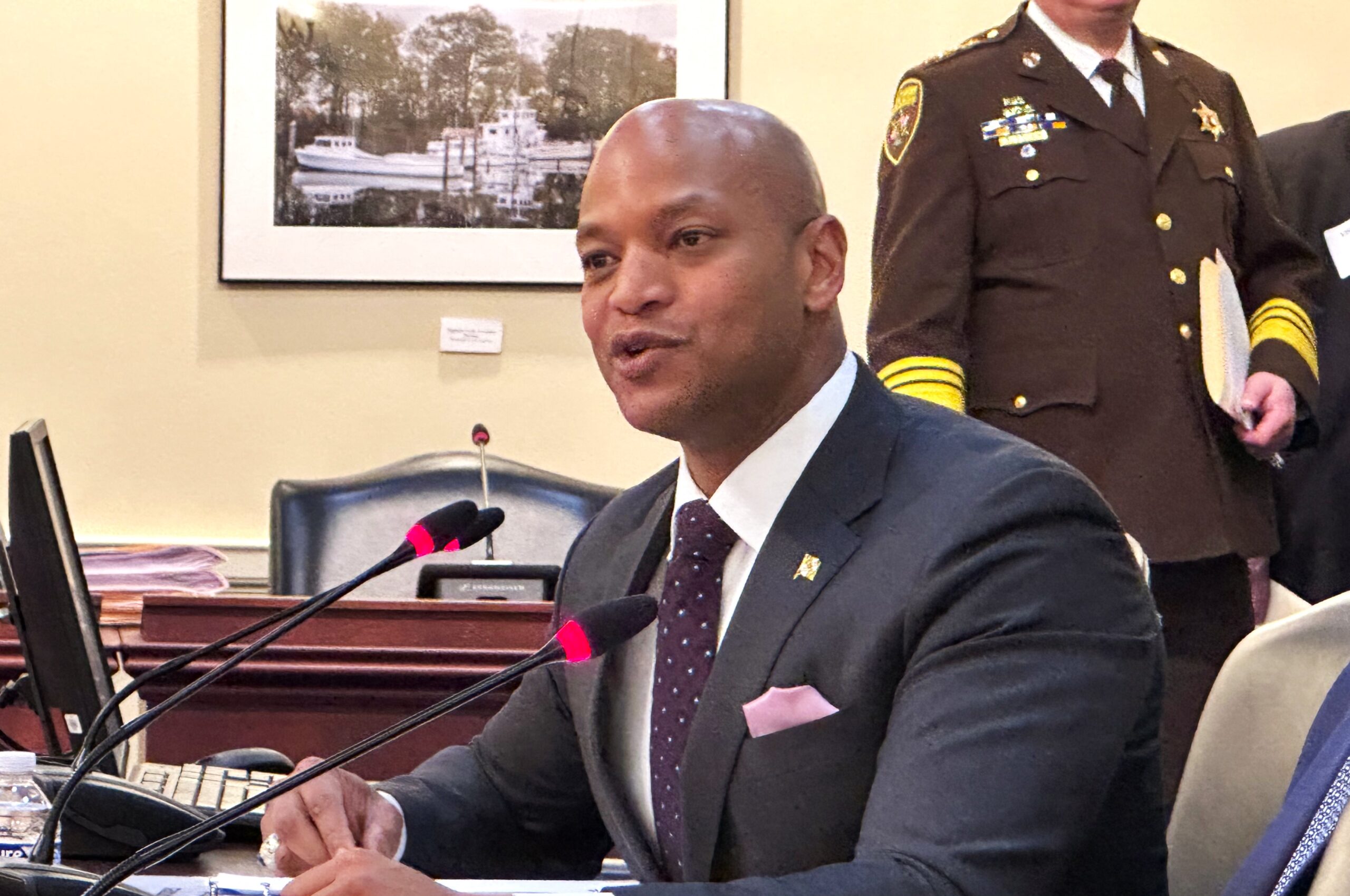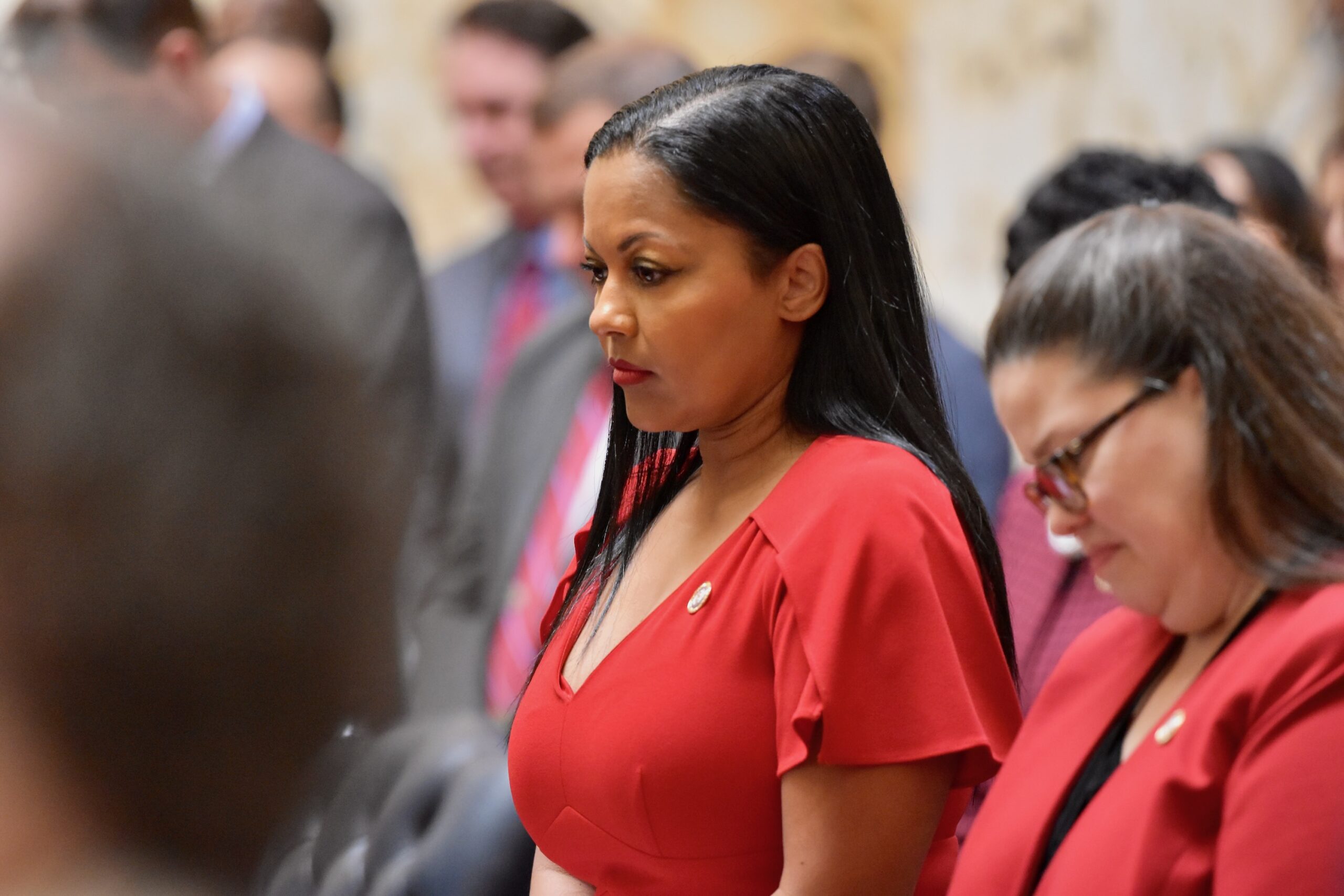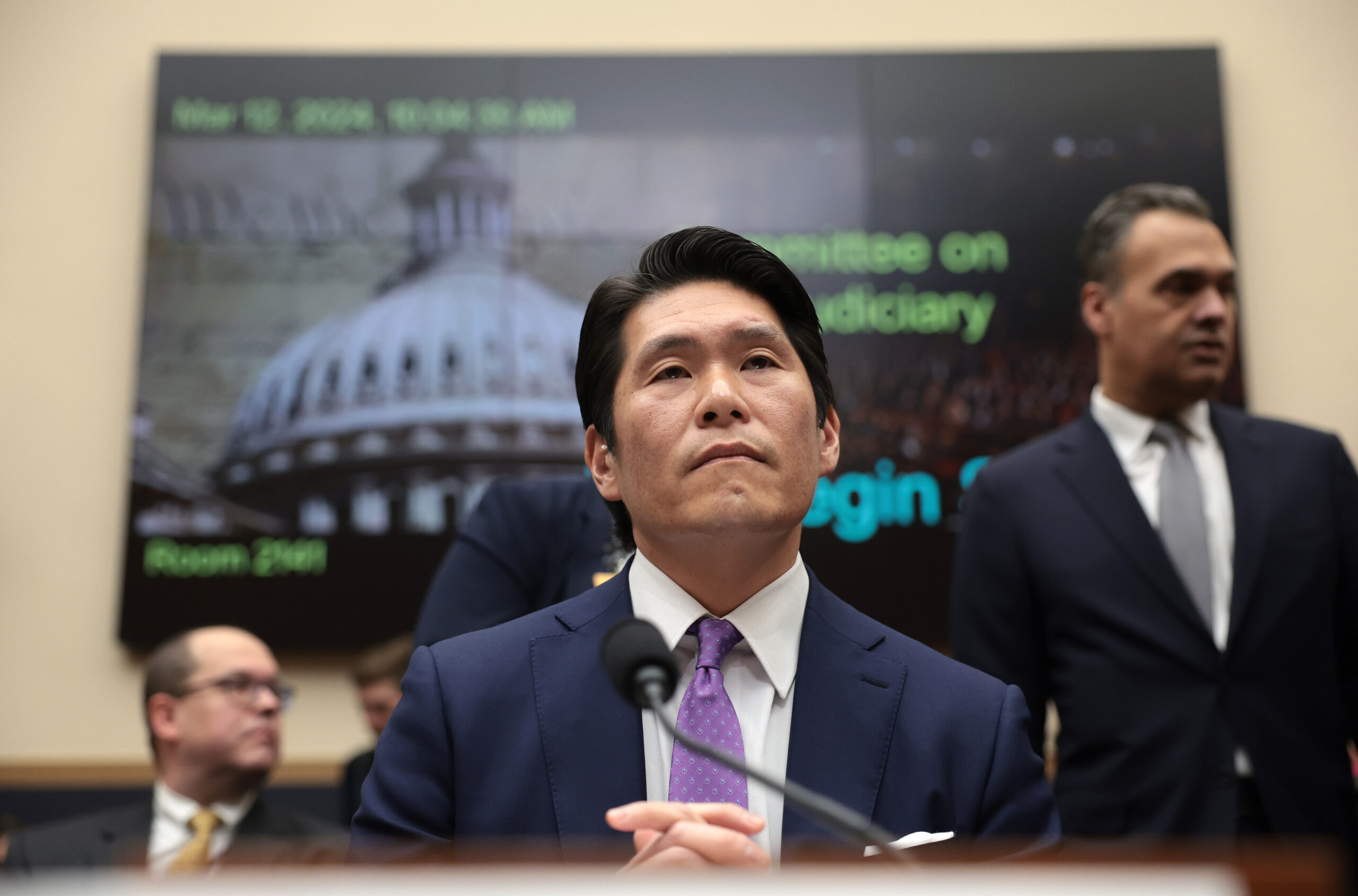The prospect of school redistricting is roiling politics in two major Maryland counties.
Against tough opposition, the Howard County Board of Education just passed a plan to move over 5,000 students to ease overcrowding and diversify its schools. This was a compromise from Superintendent Michael J. Martirano’s original proposal to move more than 7,000, or about 12% of the county public school students.
In Montgomery County, the school board has commissioned a boundary analysis. Superintendent Jack Smith and other county leaders have called this effort a study of options rather than actual recommendations for change.
School redistricting proposals face strident opposition from residents who see the possibility of long school bus rides and social engineering for the sake of diversity, and at the cost of education quality. Opponents also are apprehensive about neighborhood stability and loss of home values if they are reassigned.
School boundaries may be the third rail of local politics, but they are key to creating education policy that is fiscally, morally and pedagogically responsible. The redistricting efforts in Howard and Montgomery counties accept the inescapable need to use resources efficiently and improve equity, but their proposals emphasize outcomes — which students will go where — and thereby help coalesce the opposition while dissipating potential supporters.
Historically, this mismatch in forces has ensured that school systems change boundaries only when carving out attendance areas for new schools. Despite significant shifts in population and demographics, Howard and Montgomery have not made comprehensive changes to their school boundaries for decades.
The last time Montgomery County undertook systemwide redistricting was in the mid-1980s, when it closed more than 60 schools because of low enrollment. The population was 600,000. Today, the county has 1.2 million residents.
There is opposition even to the possibility of redistricting.
David Moon, a Montgomery County state delegate, faces resistance to a bill he introduced that would add a clause to real estate closing documents alerting new homebuyers that they are not guaranteed a particular school assignment.
Matching school capacity and student enrollment is difficult because population shifts and real-estate markets are hard to predict. Despite the best efforts of the MCPS and the Montgomery County Planning Board, the mismatch between student enrollment and school capacity has persisted for more than a decade according to data gathered by parent activists. For school year 2019-20, MCPS is reporting 10,860 students as overcapacity in one half of its schools and 9357 open seats in the other half of its schools. This is a distribution problem.
Yet MCPS Superintendent Smith recently unveiled a $1.82 billion capital improvement plan. It is unclear where the money will come from. State legislative leaders have promised $2 billion for statewide school construction. Montgomery will get a large share of it, but it will also have to issue new bonds. For $100 million in bonds, annual debt servicing will be $8 million. This money could go instead toward hiring more teachers and reducing class size.
Moving students from overcrowded to under-enrolled schools would not only save money but also enable equitable access to education opportunities. Superintendent Martirano’s pitch for redistricting Howard County is rooted in equity. A 2019 MCPS-commissioned report found that black and Latino students were assigned more often to novice teachers and tracked into less rigorous coursework. Many under-enrolled schools are majority-minority and face staffing and programming cuts.
In response to the opposition, school boards should pursue three process steps that will promote a new and fair policy of school redistricting that seeks the greatest general welfare.
First, rely on an independent school boundary commission to review and adjust school boundaries periodically, based on utilization, diversity, transportation and student-assignment stability. A periodic review would allow the school system to adjust to population and housing development shifts, make continual corrections and create a system of incremental change, thereby avoiding the need for a 40-year overhaul.
Second, consider making the independent school boundary commission’s findings and recommendations for redistricting binding. This will help insulate redistricting from the politics faced by elected school board members and inject long-term planning and rationality into the redistricting process.
Third, implement new boundaries with a time-lag to promote predictability. When a child is in kindergarten, her family should know what middle school she will attend. Similarly, sixth-graders should know what high school they will attend. There may be some issues with separated siblings, but in the mix of competing priorities, lagging can provide stability for student cohorts.
Revamping the school redistricting process to foster predictability, incremental changes and corrections by appointing an independent body to insulate the redistricting process from political buffeting could create an enduring fix to an elusive problem.
— SUNIL DASGUPTA
The writer teaches political science at UMBC at the Universities at Shady Grove and is a Montgomery County parent. He tweets @sunildasgupta4.
Did someone forward this to you?
Get your own daily morning news roundup in your inbox. Free. Sign up here.




 Creative Commons Attribution
Creative Commons Attribution